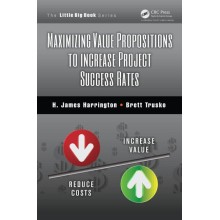Management for Quality Improvement : The 7 New QC Tools
Quantity:
-
Add to Compare
With continuous improvement (kaizen) and Total Quality Control (TQC) becoming increasingly important to world class companies, there’s an urgent need to build quality into every management decision. The tools presented in this book allow you to do just that. They represent the most important advance in quality deployment and project management in recent years.
Unlike the seven traditional QC tools, which measure quality problems that already exist and are used by quality circles, these seven new QC tools make it possible for managers to plan wide-ranging and detailed TQC objectives throughout the entire organization. These tools, some borrowed from other disciplines and others developed specifically for quality management, include the relations diagram, the KJ method (affinity diagram), the systematic diagram, the matrix diagram, matrix data analysis, the process decision program chart (PDPC), and the arrow diagram. Together they will help you to :
• Expand the scope of quality efforts company-wide.
• Set up and manage the systems necessary to resolve major quality problems.
• Anticipate potential quality problems and actually eliminate defects before they happen.
• Never before available in English, Management for Quality Improvement is absolutely essential reading if you are in any area of project management, quality assurance, MIS, or TQC.
Publisher’s Foreword
Preface
Introduction
A Note on Japanese Names
Part 1 : An Overview of the Seven New Tools for Quality Control
Chapter 1 : Total Quality Control and The Seven New QC Tools
Chapter 2 : Seven New QC Tools
Chapter 3 : Applying the Seven New QC Tools
Part 2 : Details of The Seven New Tools for Quality Control
Chapter 4 : Relations Diagram
Chapter 5 : KJ Method : Affinity Diagram
Chapter 6 : Systematic Diagram
Chapter 7 : Matrix Diagram
Chapter 8 : Matrix Data-Analysis
Chapter 9 : Process Decision Program Chart (PDPC)
Chapter 10 : Arrow Diagram Method
Chapter 11 : Education to Introduce the Seven New QC Tools
Conclusion
Index
Write a review
Your Name:Your Review: Note: HTML is not translated!
Rating: Bad Good
Enter the code in the box below:
Copyright © 2014 Engineering Standards Bureau. All Rights Reserved.
Developed By Zoom Into Web


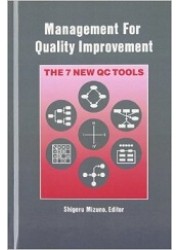

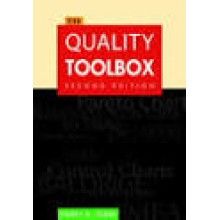
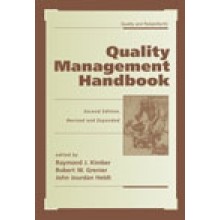

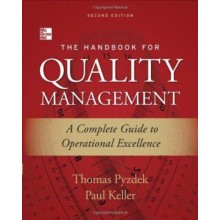
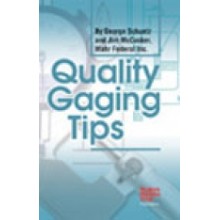

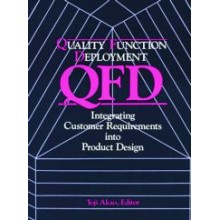
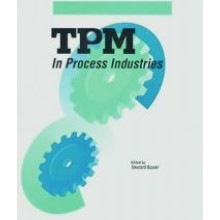
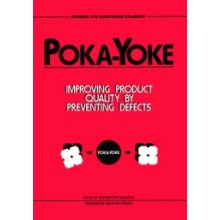


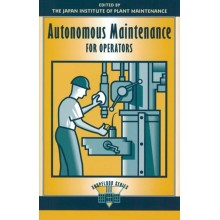
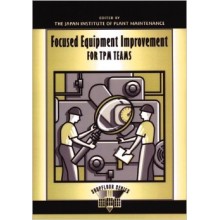
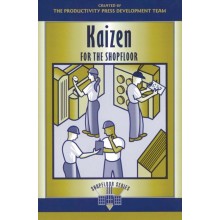
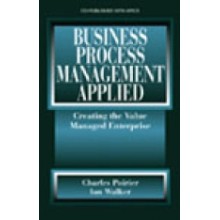
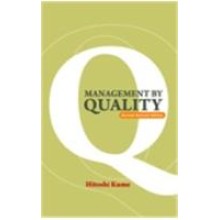
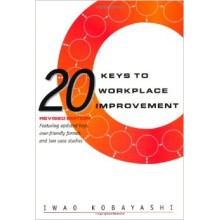
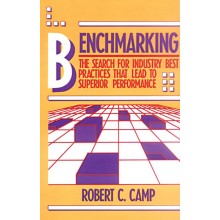



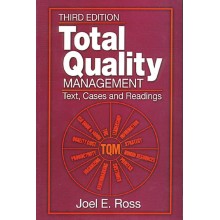
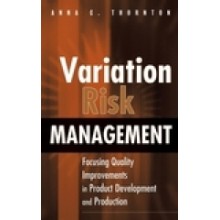
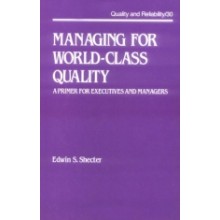


/PMBOK-6-220x220.jpg)
